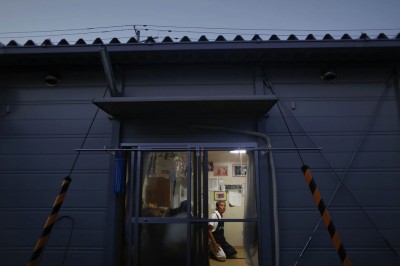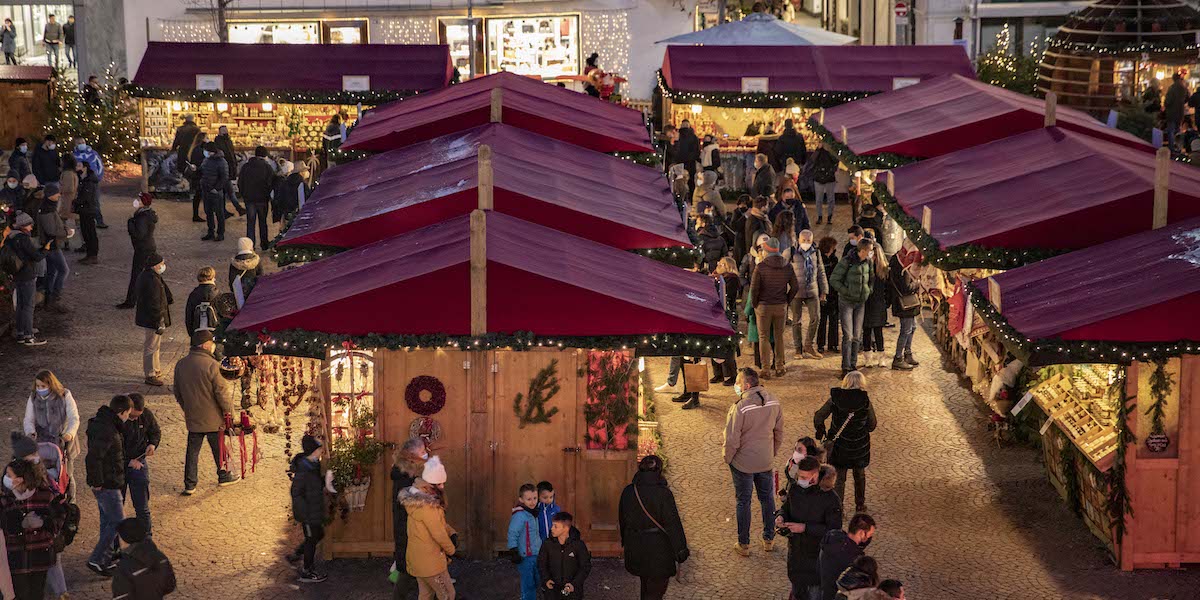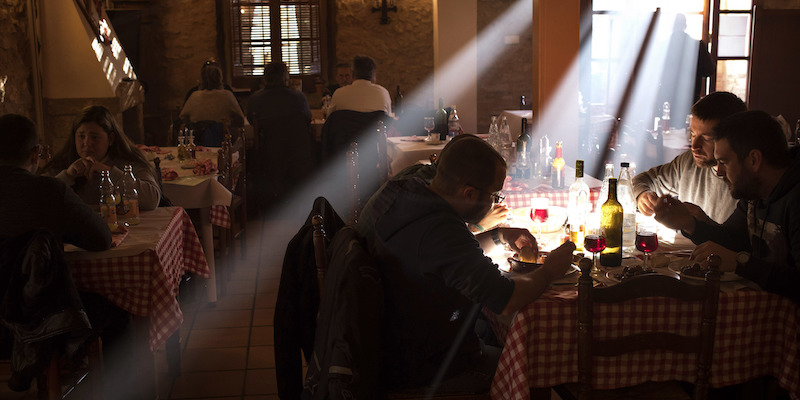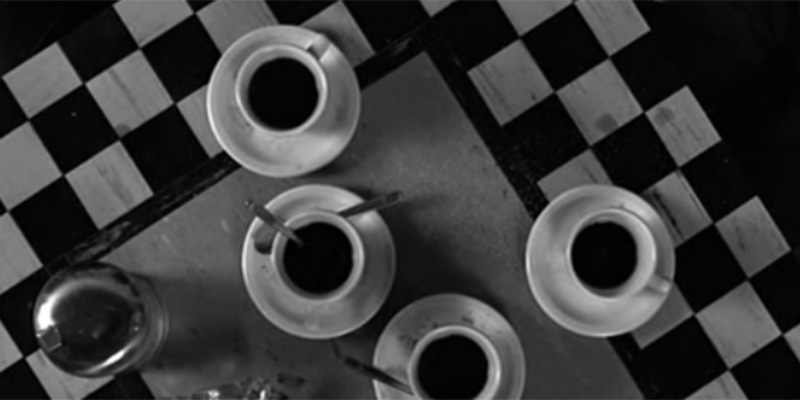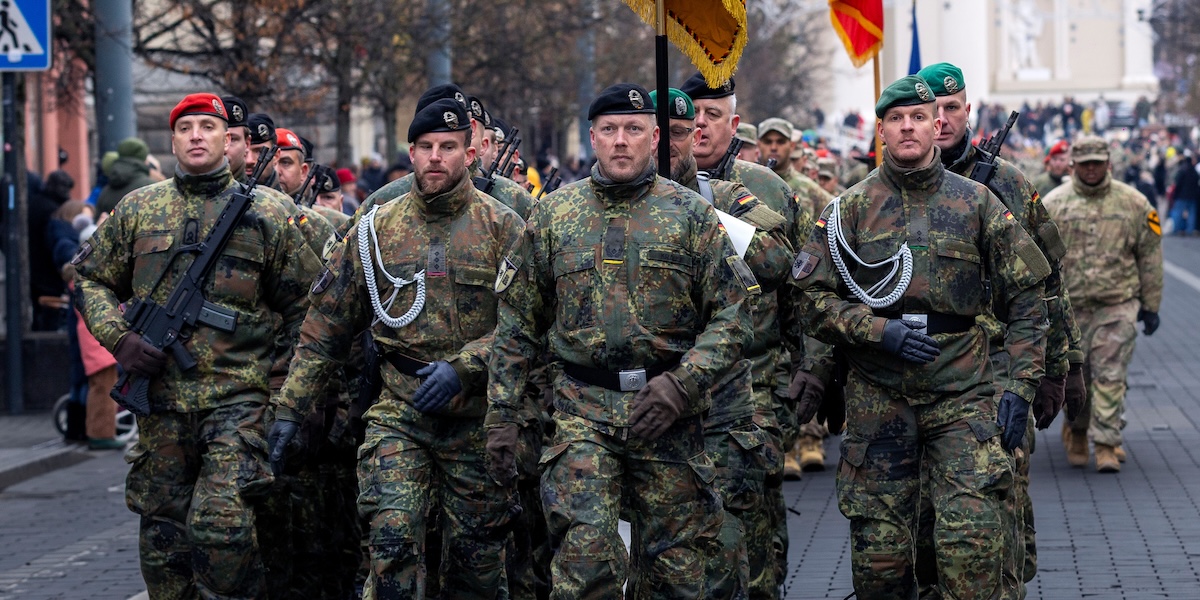La vita a Fukushima
Non la centrale nucleare ma le città accanto: reportage fotografico da luoghi in cui gli ex residenti possono tornare un solo giorno al mese
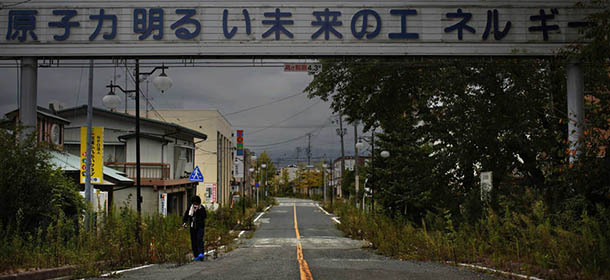
altre
foto
Sono passati circa due anni e mezzo da quando un forte terremoto causò in Giappone un incidente alla centrale nucleare di Fukushima Daichi e uno tsunami colpì le città costiere del nord-est del paese. In tutto il Giappone morirono circa 16 mila persone: ancora oggi 160 mila persone che abitavano nel raggio di 20 chilometri dalla centrale nucleare, ed erano state evacuate in quei giorni, non possono entrare nelle loro case per più di un giorno al mese per via dell’intensità delle radiazioni nell’aria (e non possono nemmeno restare per la notte).
Secondo il Christian Science Monitor per mettere in sicurezza i reattori danneggiati e rendere sicura l’area potrebbero volerci circa 40 anni, sebbene non sia ancora chiaro quando il livello di radiazioni nell’aria permetterà agli abitanti di tornare più frequentemente nelle loro case. Le operazioni di raffreddamento stanno procedendo con molta lentezza e qualche guaio e domenica il primo ministro giapponese Shinzo Abe ha detto che il Giappone «rimane estremamente aperto ad accogliere le tecniche più avanzate da altre nazioni per risolvere il problema».
La città di Namie-Machi si trova a circa 6 chilometri dalla centrale. Poco prima dell’incidente ci vivevano circa 21 mila persone. Reuters ha pubblicato un reportage del fotografo Damir Sagolj, che ha visitato Namie-Machi e alcuni paesi vicini mostrando alcune delle pochissime e saltuarie attività umane dell’area.
